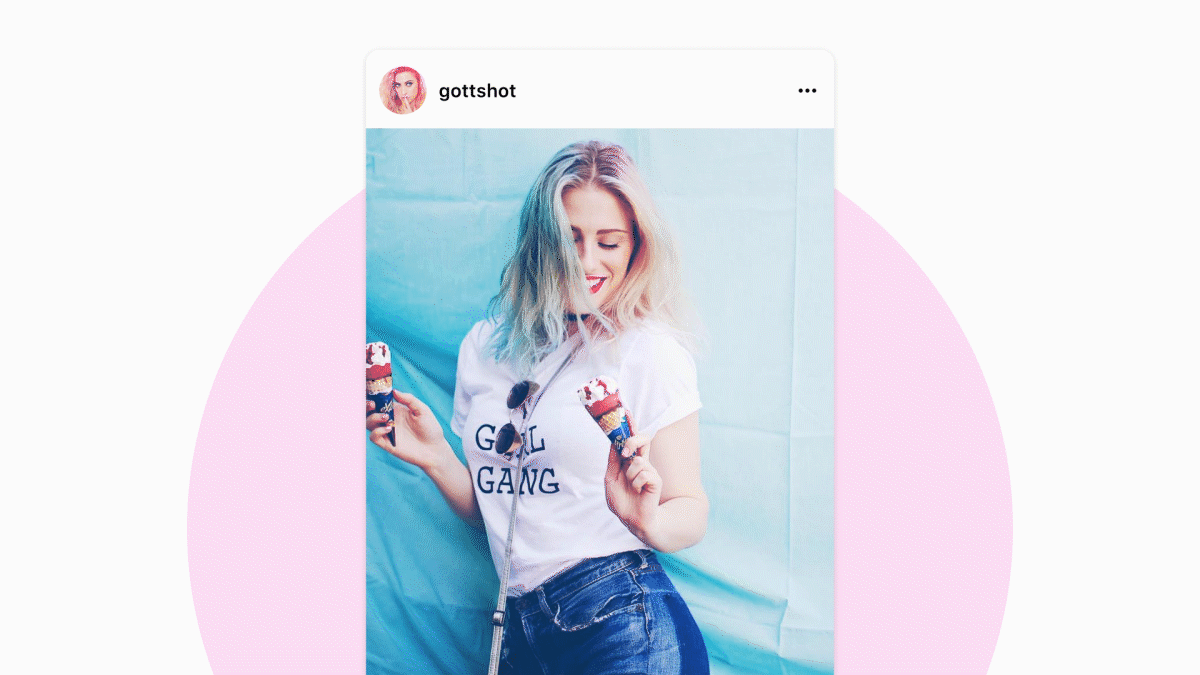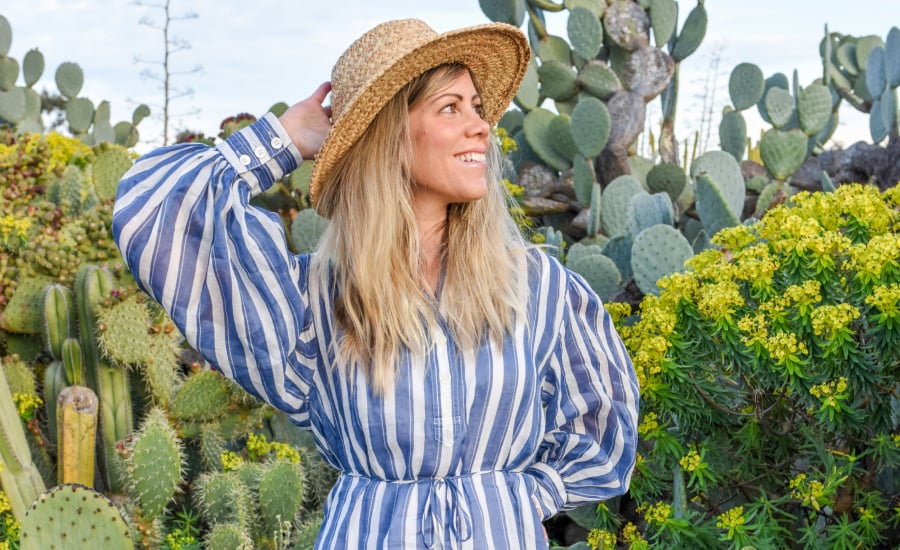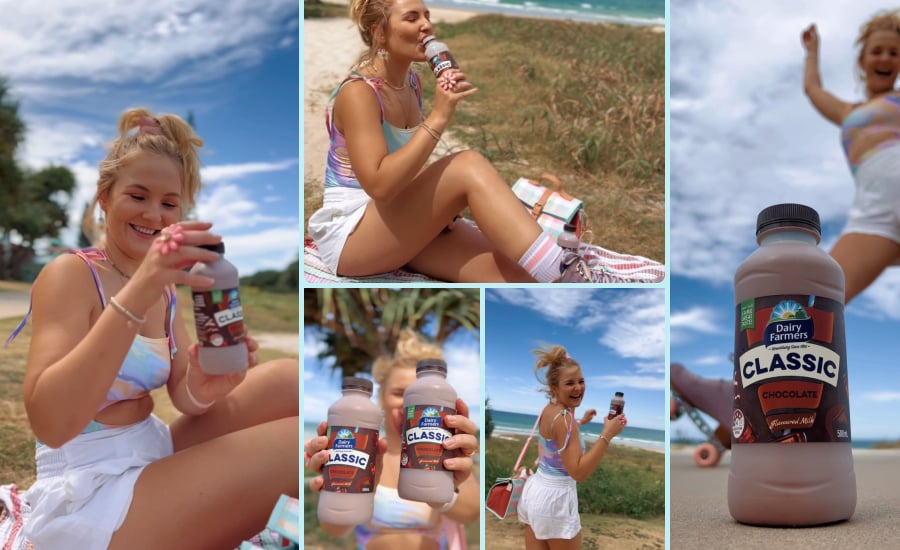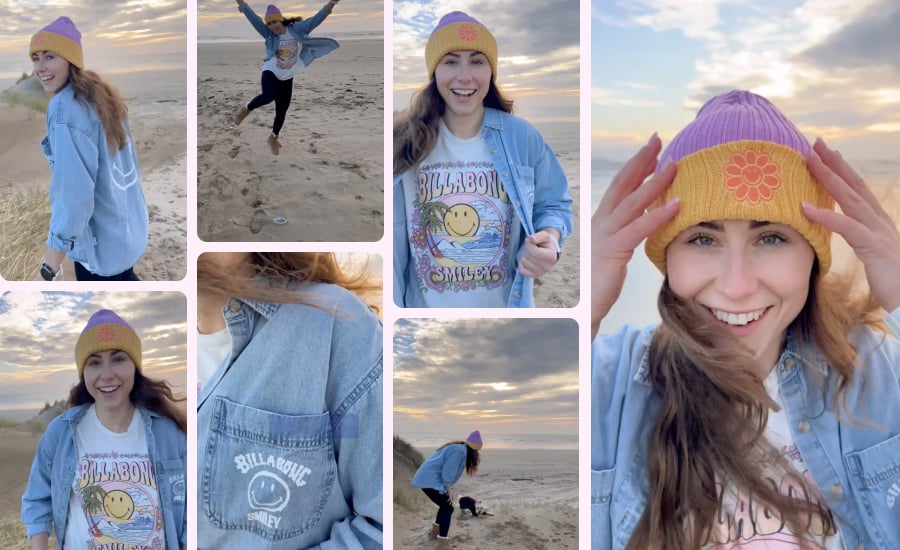In the creator community, engagement pods can be incredibly damaging to your value.
Even if you’re not aware of what they are, involvement in an Engagement Pod could result in your profile being unknowingly flagged, causing you to lose out on approvals and cash.
The thing is, you may be in an engagement pod and not even realise - just like I was.
What is an engagement pod?
About a year ago, I received a Messenger notification from a new group chat.
It was a friend of mine saying that she’d made a new Instagram page, and that she was hoping we could all like and comment on her posts. She also said that if we wanted anything liked, we could post it in the chat and receive the same in return.
She went on to explain that, because of the way Instagram’s algorithm worked, posts with an early spike of engagement were considered more valuable and prioritised in the explore section as well as followers’ feeds.
I didn’t think much of it at the time. I muted the group, but didn’t leave in case I needed the service at some point. (Also, the idea of everyone immediately seeing “Doug Neale left” was a little too intense.)
It wasn’t until I started working at TRIBE that I learned about Engagement Pods.
“‘What are they?” I asked.
“They’re groups of people who like each other’s posts to fake likes and engagement.”
This immediately started to ring a bell…
“They’re a big problem in the influencer marketing world”
It made sense. If an influencer's value comes from their engagement, any trick that makes them appear more influential than they are is an issue for the brands trusting them with their money and product.
I still had a few questions, so I decided to look further into it.
First of all, how do you identify an engagement pod? Likes are likes, aren’t they? And if you’re simply using this technique to gain authentic followers, isn’t that just playing the social media game? (I’ve certainly played that game, ever since I learnt that getting your Facebook friends to say ‘congratulations’ on your post bumps it to the top of the feed. True story.)
On the other hand, is it okay to ask your friends to like and share your posts for more exposure? This is where the line of right and wrong started getting blurred.
The more I looked into it, spotting an engagement pod became pretty obvious. Have you ever seen an influencer whose posts are constantly filled with comments by the same set of accounts? Accounts that themselves have a similar engagement pattern? Truth is, brand managers notice this behaviour too, and it affects their impression of the creators behind these accounts.
Due to the AVS algorithm built into our platform, as well as our Compliance team who conduct manual checks daily, we’re able to spot engagement-pod activity a mile away without any tech at all… And so can brands.
The bottom line is that those who use engagement pods are holding themselves back from growing their following organically. By only exposing your content to the same people repeatedly, influencers are limiting their reach, engagement and influence to a bubble. While this can help you sustain a low level of engagement, it doesn’t help to grow your following.
It’s one thing to want to get a message out there by asking others to like and share your posts, but if you’re just wanting to get more followers and simulate engagement – that sends a very different kind of message.
The “you scratch my back and I’ll scratch yours” mentality is all well and good amongst regular social-media users who aren’t being paid for their content. But, in the influencer community, it’s a very different story.
Ultimately, if you’re creating high-quality authentic content, it will speak volumes over a high volume of followers. The exciting thing about the rise of micro-influencers, is that there’s no longer the pressure of having a huge follower count. Brands aren’t looking for hundreds-of-thousands of disengaged followers – they want an authentic, engaged audience: consumers who are genuinely interested in their brand, not people pretending to be as a favour.
I still had a few questions, so I decided to look further into it.
Is it really that bad?
First of all, how do you identify an engagement pod? Likes are likes, aren’t they? And if you’re simply using this technique to gain authentic followers, isn’t that just playing the social media game? (I’ve certainly played that game, ever since I learnt that getting your Facebook friends to say ‘congratulations’ on your post bumps it to the top of the feed. True story.)

On the other hand, is it okay to ask your friends to like and share your posts for more exposure? This is where the line of right and wrong started getting blurred.
The more I looked into it, spotting an engagement pod became pretty obvious. Have you ever seen an influencer whose posts are constantly filled with comments by the same set of accounts? Accounts that themselves have a similar engagement pattern? Truth is, brand managers notice this behaviour too, and it affects their impression of the creators behind these accounts.
Due to the AVS algorithm built into our platform, as well as our Compliance team who conduct manual checks daily, we can spot engagement-pod activity a mile away, even without any tech at all… And so can brands.
The bottom line is that those who use engagement pods are holding themselves back from growing their following organically. By only exposing your content to the same people repeatedly, influencers are limiting their reach, engagement and influence to a bubble. While this can help you sustain a low level of engagement, it doesn’t help to grow your following.
It’s one thing to want to get a message out there by asking others to like and share your posts, but if you’re just wanting to get more followers and simulate engagement – that sends a very different kind of message.
The bottom line
The “you scratch my back and I’ll scratch yours” mentality is all well and good amongst regular social-media users who aren’t being paid for their content. But, in the influencer community, it’s a very different story.
Ultimately, if you’re creating high-quality authentic content, it will speak volumes over a high volume of followers. The exciting thing about the rise of micro-influencers, is that there’s no longer the pressure of having a huge follower count. Brands aren’t looking for hundreds-of-thousands of disengaged followers – they want an authentic, engaged audience: consumers who are genuinely interested in their brand, not people pretending to be as a favour.




